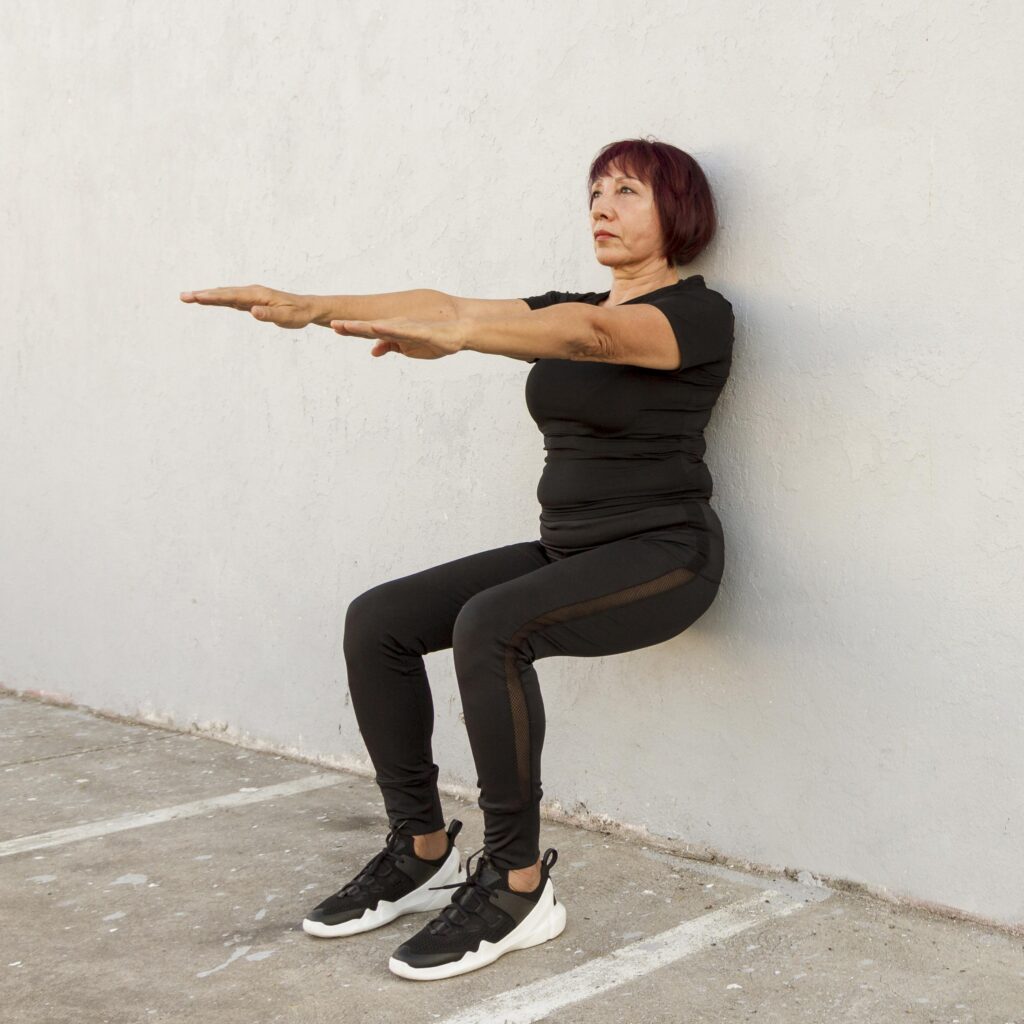
Life can get stressful and when it does, relationships often feel the impact. Whether it is work pressures, family responsibilities, or unexpected life events, stress can affect how individuals communicate and connect with those they care about. However, with effort, relationships can be strengthened while managing stress together.
How Stress Affects Communication
and Connection
When under stress, it is easy for individuals to become overwhelmed, distracted, or irritable. This can lead to misunderstanding, emotional distance, and increased tension. Stress makes it harder to listen actively or express thoughts, leading to misunderstandings. In some cases, people withdraw from loved ones to avoid conflict or because they feel too drained to participate. Small misunderstandings can also escalate quickly when stress levels are high.
Ways to Improve Communication:
- Pause Before Reacting: Taking a breath and gathering thoughts can prevent heated conversations.
- Be Open and Honest: Sharing feelings and stressors with loved ones helps them understand the situation.
- Practice Active Listening: Giving full attention to the other person promotes empathy and understanding.
How Stress Affects Different Types of Relationships
Stress impacts many relationships differently, and understanding these effects can help individuals navigate challenges more effectively:
- Romantic Relationships: Stress can reduce emotional intimacy and increase misunderstandings. When one or both partners experience stress, it may result in less quality time together and more arguments over small issues. Prioritizing open communication and dedicating time together can help maintain connection.
- Friendships: Stress can cause individuals to withdraw or become less available, which may strain friendships. Friends may not always recognize when someone is struggling, so being honest about stress can create understanding and support.
- Family Relationships: Family members may experience stress together, especially during major life changes. This can lead to tension if not managed correctly. It is crucial to establish clear boundaries and to practice patience with one another.
- Work Relationships: Stress in professional environments can impact teamwork and productivity. Miscommunication and frustration may occur when stress levels are high. Communicating effectively and respectfully helps to maintain positive working relationships.
Developing Strong Support Systems
A strong support system can help individuals manage stress and feel more connected. Identifying a support circle is an important first step. Trusted individuals may include family, friends, colleagues, or community groups. Staying connected through regular check-ins, even when life gets busy, reinforces these bonds. Providing support in return is equally important, strong relationships succeed on mutual understanding and understanding.
Building a reliable support system involves being intentional about relationships. Nurturing these connections through gratitude, presence during difficult times, and consistent communication can provide comfort and stability during stressful periods.
Keeping Healthy Boundaries
Boundaries are necessary for protecting mental and emotional well-being. They help individuals balance their needs with the demands of others. To establish and maintain healthy boundaries:
- Recognize Personal Limits: Understanding emotional and physical limits is vital to maintaining balance.
- Communicate Clearly: Expressing needs and limits in a kind but firm way creates mutual respect.
- Say No When Needed: Prioritizing personal well-being by refusing overwhelming requests is acceptable.
Healthy boundaries create space for self-care and reduce the risk of burnout. By respecting limits and communicating them effectively, individuals can maintain their energy while encouraging healthier relationships.
Strengthening Relationships Through Stress
Stress is a part of life, but it does not have to strain relationships. By improving communication, building strong support systems, and maintaining healthy boundaries, individuals can cope with stressful times together and become stronger.
Taking a moment to check in with oneself, and with someone else, can make a big difference. A little connection can go a long way.
References
American Psychological Association. (2023). Stress effects on the body. https://www.apa.org/topics/stress/body
Robles, T. F., Slatcher, R. B., Trombello, J. M., & McGinn, M. M. (2014). Marital quality and health: A meta-analytic review. Psychological Bulletin, 140(1), 140–187. https://doi.org/10.1037/a0031859
Sbarra, D. A., & Coan, J. A. (2018). Relationships and health: The critical role of affective science. Emotion Review, 10(1), 40–54. https://doi.org/10.1177/1754073917696583



